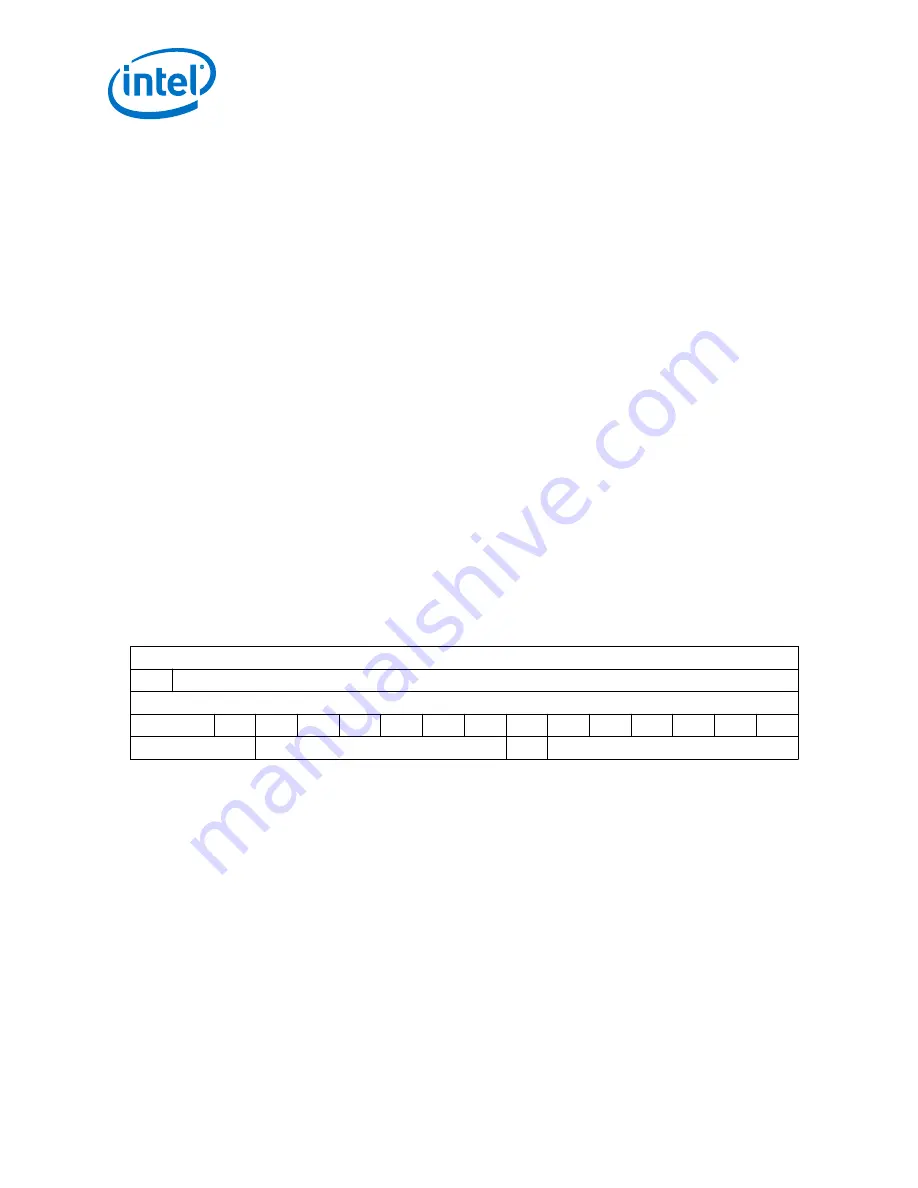
•
Double TLB miss (MMU only)
•
TLB permission violation (MMU only)
•
MPU region violation (MPU only)
5.2.9.1. External Interrupt Controller Interface
The EIC interface enables you to speed up interrupt handling in a complex system by
adding a custom interrupt controller.
The EIC interface is an Avalon-ST sink with the following input signals:
•
eic_port_valid
•
eic_port_data
Signals are rising-edge triggered, and synchronized with the Nios II clock input.
The EIC interface presents the following signals to the Nios II processor through the
eic_port_data
signal:
•
Requested handler address (RHA)—The 32-bit address of the interrupt handler
associated with the requested interrupt.
•
Requested register set (RRS)—The six-bit number of the register set associated
with the requested interrupt.
•
Requested interrupt level (RIL)—The six-bit interrupt level. If RIL is 0, no interrupt
is requested.
•
Requested nonmaskable interrupt (RNMI) flag—A one-bit flag indicating whether
the interrupt is to be treated as nonmaskable.
Table 69.
eic_port_data Signal
Bit Fields
44
...
RHA
...
13
12
11
10
9
8
7
6
5
4
3
2
1
0
RHA
RRS
RNMI
RIL
Following Avalon-ST protocol requirements, the EIC interface samples
eic_port_data
only when
eic_port_valid
is asserted (high). When
eic_port_valid
is not asserted, the processor latches the previous values of RHA,
RRS, RIL and RNMI. To present new values on
eic_port_data
, the EIC must
transmit a new packet, asserting
eic_port_valid
. An EIC can transmit a new
packet once per clock cycle.
For an example of an EIC implementation, refer to the Vectored Interrupt Controller
chapter in the Embedded Peripherals IP User Guide.
Related Information
Embedded Peripherals IP User Guide
5. Nios II Core Implementation Details
NII-PRG | 2018.04.18
Nios II Processor Reference Guide
132
















































